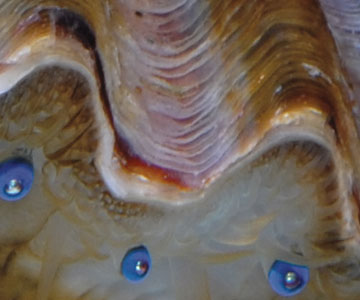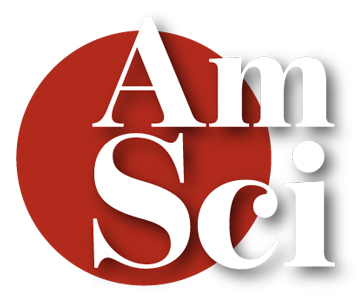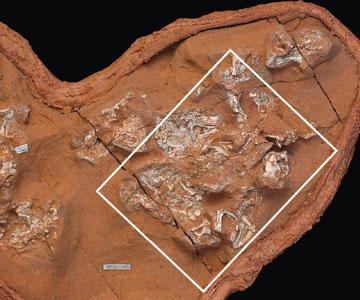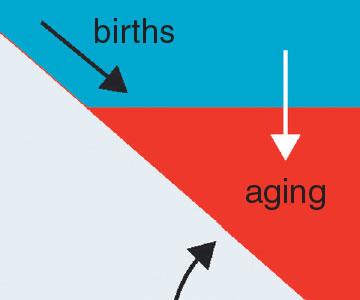Magazine
January-February 2023
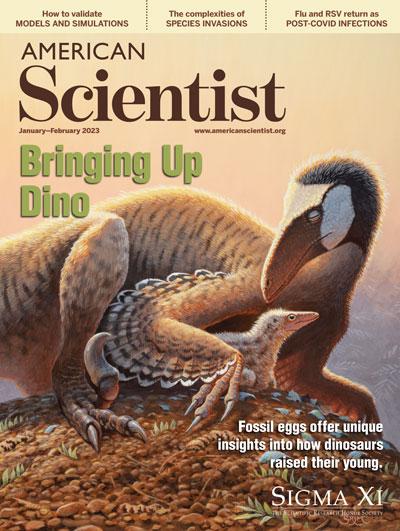
January-February 2023
Volume: 111 Number: 1
An adult theropod dinosaur in the genus Deinonychus sits with its recently hatched baby. In recent years, paleontologists have learned that this dinosaur laid blue-green eggs and likely incubated them in partially exposed nests, much as many modern birds do. New fossils and innovations in research have begun to answer questions about dinosaur reproduction that were once thought to be unattainable, such as nesting strategy, egg color, egg incubation time, parental care, or eggshell texture. In “A New Picture of Dinosaur Nesting Ecology” (Perspective), paleontologist Daniel T. Ksepka offers an overview of these sweeping advances in his field, showcasing the spectrum of reproductive traits among the dinosaurs, often with surprising mixes of reptilian and avian traits. (Cover illustration by Sean Murtha.)
In This Issue
- Art
- Astronomy
- Biology
- Chemistry
- Communications
- Computer
- Engineering
- Environment
- Evolution
- Mathematics
- Medicine
- Physics
- Psychology
- Technology
In Models We Trust—But First, Validate
Daniel Solow
Mathematics
Scientists use mathematical descriptions and simulations to make forecasts and provide recommendations to decision makers, but how reliable are these models?
A Deep Dive into Innovation
Edward Arnold Wasserman
Psychology
Groundbreaking innovations may appear to be strokes of genius, but they are most often the product of context, consequence, and coincidence.
